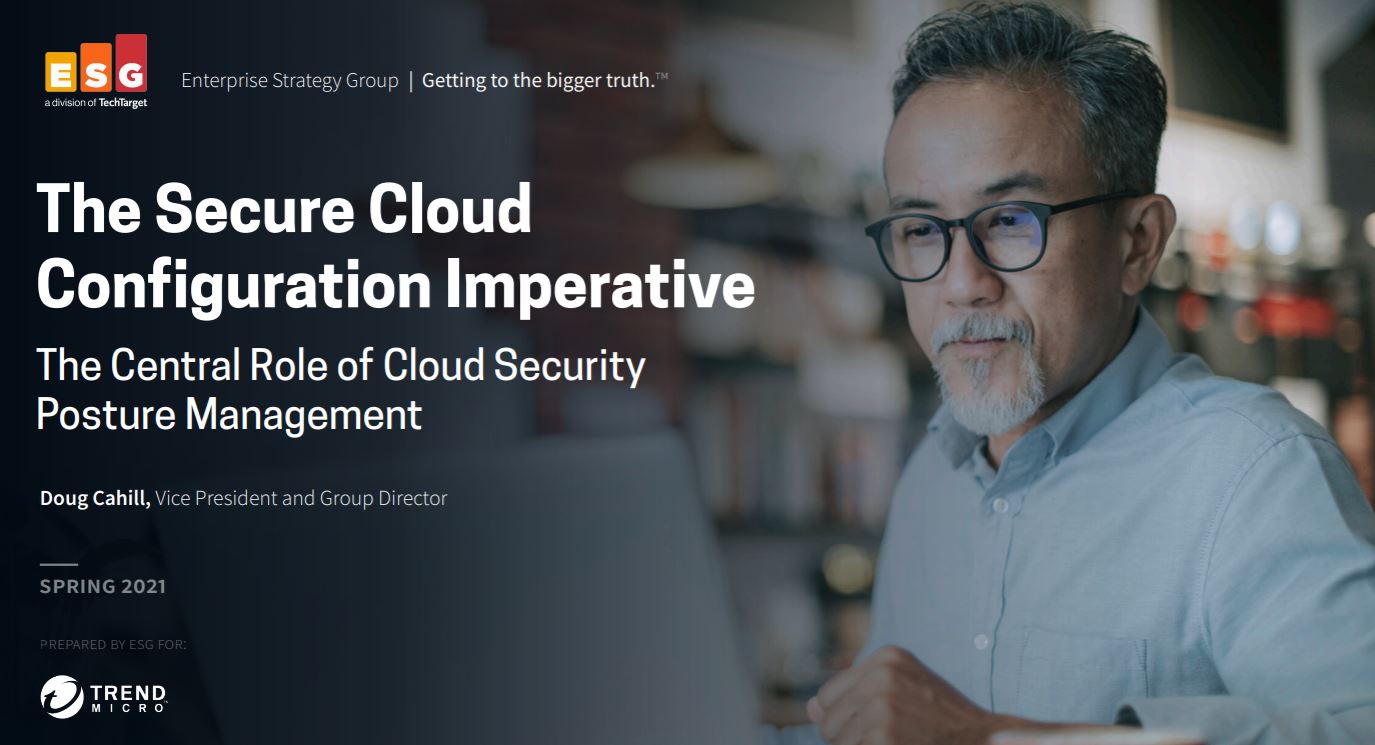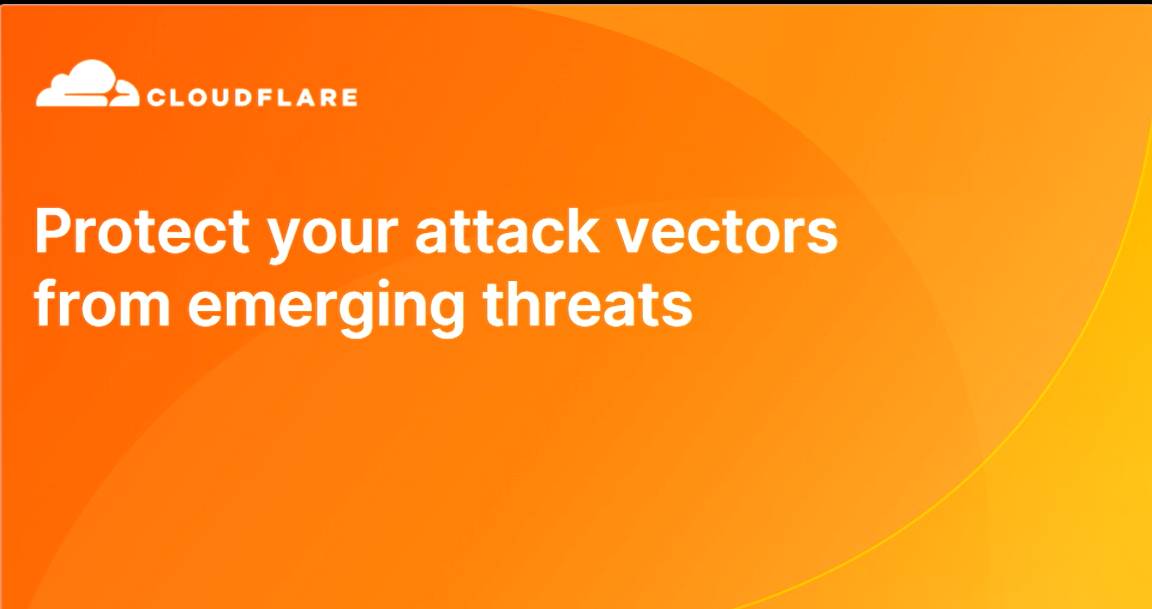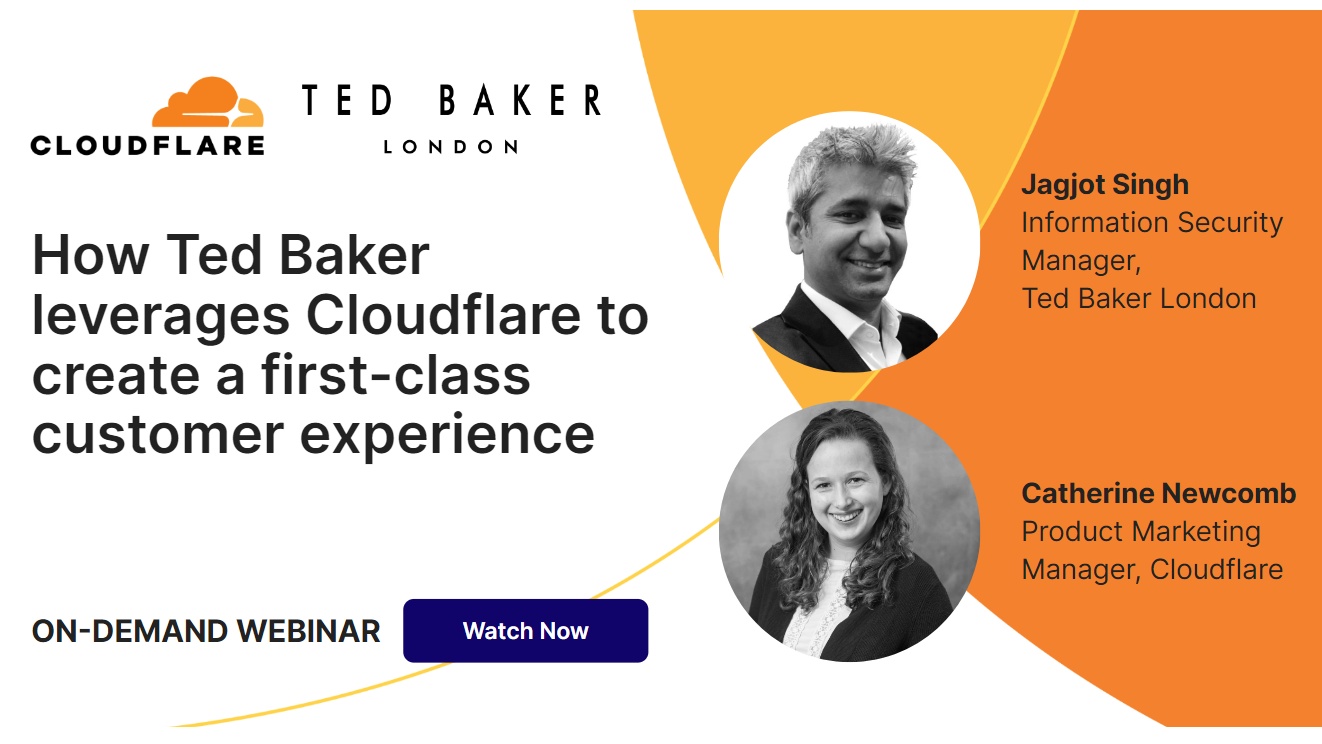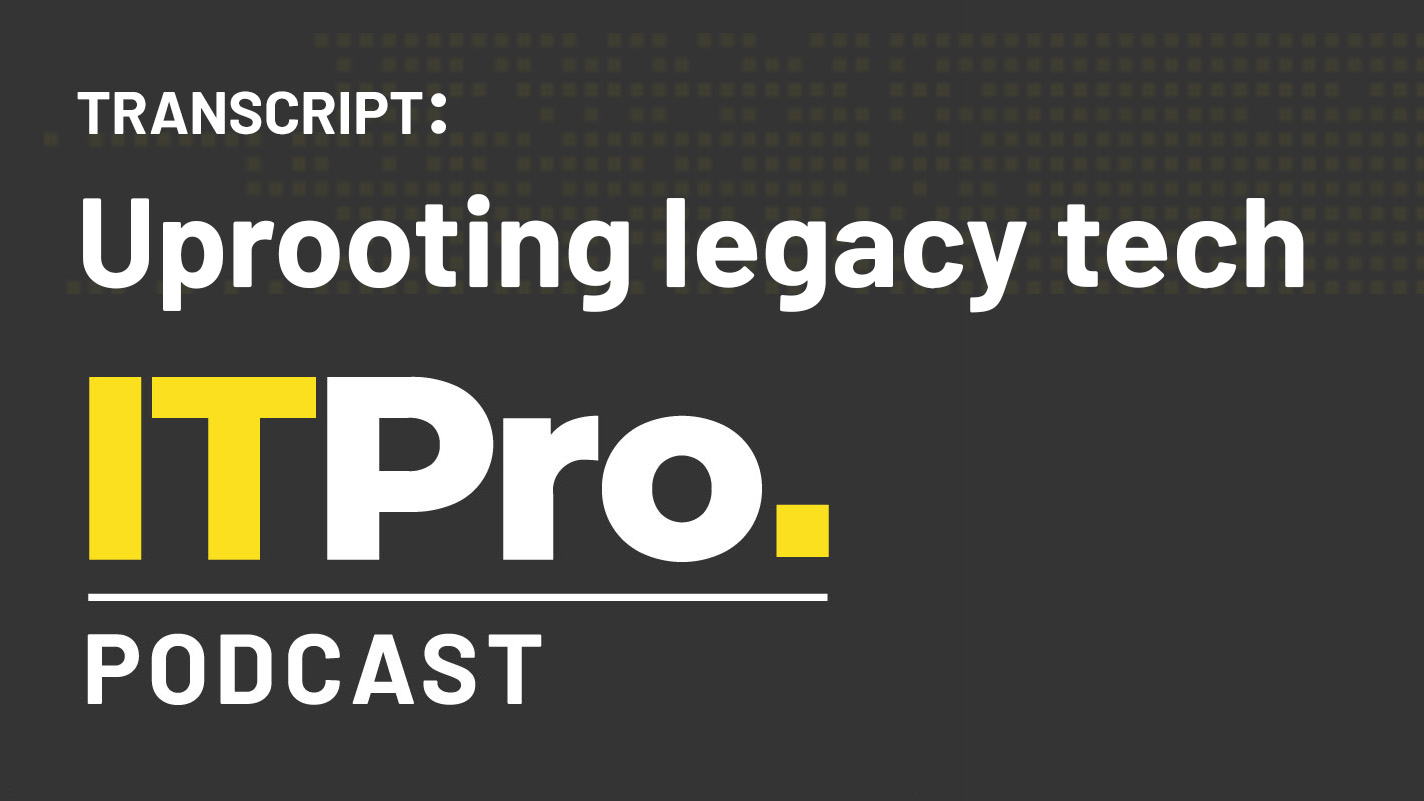Most CISOs worry cloud software flaws aren’t being caught
Traditional application security measures are broken


Around three-quarters (71%) of CISOs doubt that their code in the cloud is free from flaws before going into production, new research has found.
According to a worldwide survey of CISOs in large enterprises with over 1,000 employees, 89% of CISOs said microservices, containers, and Kubernetes have caused application security blind spots. The survey also found 97% of organizations don't have real-time visibility into runtime vulnerabilities in containerized production environments.
Pressures to make code live and not having the right tools and processes to ensure code is vulnerability-free for cloud-native apps have worsened these issues.
Over two-thirds of CISOs (68%) said the volume of alerts makes it very difficult to prioritize vulnerabilities based on risk and impact. On average, security teams need to react to 2,169 new alerts, but only 42% of potential application security vulnerabilities each month need action, as the rest are false positives.
Over one-in-four CISOs (28%) said application development teams sometimes bypass vulnerability scans to speed up delivery. Another three-quarters (74%) said traditional security controls, such as vulnerability scanners, are no longer fit for purpose in today's cloud-native world.
Bernd Greifeneder, founder and chief technology officer at Dynatrace, said the increased use of cloud-native architectures has "fundamentally broken traditional approaches to application security."
RELATED RESOURCE

The secure cloud configuration imperative
The central role of cloud security posture management
"This research confirms what we've long anticipated: manual vulnerability scans and impact assessments are no longer able to keep up with the pace of change in today's dynamic cloud environments and rapid innovation cycles," Greifeneder said.
Get the ITPro daily newsletter
Sign up today and you will receive a free copy of our Future Focus 2025 report - the leading guidance on AI, cybersecurity and other IT challenges as per 700+ senior executives
"Risk assessment has become nearly impossible due to the growing number of internal and external service dependencies, runtime dynamics, continuous delivery, and polyglot software development, which uses an ever-growing number of third-party technologies. Already stretched teams are forced to choose between speed and security, exposing their organizations to unnecessary risk."
Over three-quarters of CISOs (77%) said the only way for security to keep up with modern cloud-native application environments is to replace manual deployment, configuration, and management with automated approaches.
"As organizations embrace DevSecOps, they also need to give their teams solutions that offer automatic, continuous, and real-time risk and impact analysis for every vulnerability, across both pre-production and production environments, and not based on point-in-time 'snapshots'," said Greifeneder.
Rene Millman is a freelance writer and broadcaster who covers cybersecurity, AI, IoT, and the cloud. He also works as a contributing analyst at GigaOm and has previously worked as an analyst for Gartner covering the infrastructure market. He has made numerous television appearances to give his views and expertise on technology trends and companies that affect and shape our lives. You can follow Rene Millman on Twitter.
-
 OpenAI's new GPT-4.1 models miss the mark on coding tasks
OpenAI's new GPT-4.1 models miss the mark on coding tasksNews OpenAI says its GPT-4.1 model family offers sizable improvements for coding, but tests show competitors still outperform it in key areas.
By Ross Kelly
-
 Meta just revived plans to train AI models using European user data
Meta just revived plans to train AI models using European user dataNews Meta has confirmed plans to train AI models using European users’ public content and conversations with its Meta AI chatbot.
By Nicole Kobie
-
 Protect your attack vectors
Protect your attack vectorsWebinar An effective way to reduce your attack surface
By ITPro
-
 Protect your attack vectors from emerging threats
Protect your attack vectors from emerging threatsWebinar Discover an effective way to reduce your attack surface
By ITPro
-
 How Ted Baker leverages Cloudflare to create a first-class customer experience
How Ted Baker leverages Cloudflare to create a first-class customer experienceWebinar Defend against DDoS attacks and mitigate security challenges in the ecommerce space
By ITPro
-
 Podcast transcript: Uprooting legacy tech
Podcast transcript: Uprooting legacy techIT Pro Podcast Read the full transcript for this episode of the IT Pro Podcast
By IT Pro
-
 The IT Pro Podcast: Uprooting legacy tech
The IT Pro Podcast: Uprooting legacy techIT Pro Podcast ‘Remodelling the house’ rather than rebuilding might be the best approach to digital transformation
By IT Pro
-
 IBM launches cloud computing security initiative
IBM launches cloud computing security initiativeNews IBM introduces cloud security initiative with a range of solutions to help businesses protect their infrastructure.
By Tom Brewster